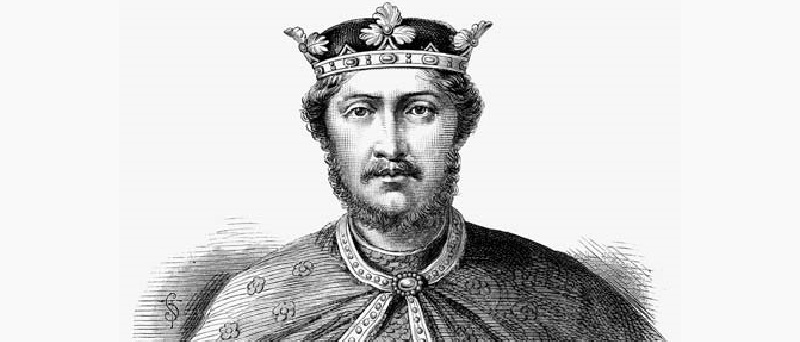Richard I of England
Posted on 5th January 2021
Richard was born in Oxford, England on 8 September 1157 the son of King Henry II of England and Eleanor of Aquitaine. As Richard was the third of five son’s he was not expected to inherit the throne, however the oldest son died in infancy which bought him one step closer to the throne.
Richard saw very little of his parents when he was young and he was raised by a wet-nurse, Hodierna whom he became very fond of; when Richard became an adult, he made sure Hodierna was well cared for.
Little is known of Richards education except the fact that it took place in England. It is believed that he enjoyed music and composed poetry, and he did show both political and military ability through his youth.
Neither of Richards parents spoke English and there has always been speculation that Richard himself did not speak English, even though he was educated in England.
By the age of fourteen, Richard had become the Count of Poitou and the Duke of Aquitaine.
In 1173 Richard at only seventeen years old joined his older brother Henry, in a rebellion against his father that lasted eighteen months. Many believe their mother Eleanor had encouraged her sons to revolt against their father. Following this rebellion Henry II reconciled with his sons and signed a peace treaty.
Over time Richard and his brothers started fighting against each other, but all was to change with the death of his older brother Henry in 1183.
Richard, now twenty-five years old became heir to the English throne.
In 1187, Richard joined forces with Philip II of France and again battled against his father. The violence lasted for two years although attempts were made for a peace treaty. King Henry II was seriously ill at this time and would ultimately die of a perforated ulcer in 1189.
The throne was now Richards, becoming Duke of Normandy on 20 July 1189 and crowned King of England at Westminster Abbey on 3 September 1189.
Reign 1189 - 1199
During the crusades Saladin (leader of the Turks) had captured Jerusalem in 1187; this prompted Richard to join the Third Crusade.
To raise an army, Richard raised taxes, forced officials to pay to retain their positions and spent much of his father’s treasury, he then set out on crusade in 1190 joined by Philip II of France.
They both arrived in Sicily in 1190 and took occupation of the island’ its main city Messina was looted and burned in October 1190. Richard was to base himself in Messina, but the people being unhappy with this revolted. Even after this, Richard remained in Messina until March 1191, when finally, a peace treaty was signed; he then continued on his journey to the Holy Land.
A storm drove Richard’s fleet to Cyprus, where he looted the island and killed all who fought against him. After leaving Cyprus, Richard arrived in Acre (city in Israel) in June 1191 where he laid a successful siege to the city. He followed this with a victory against Saladin at the Battle of Arsuf and the fall of the port of Jaffa.
Richard fell out with his allies including King Philip II of France, who returned with his forces to France. The loss of his allies made it impossible to take Jerusalem and hold the city; he had to accept that retreat was the only option. He signed a three-year truce with Saladin that allowed Christian pilgrims and merchants safe passage to Jerusalem.
On Richards return to England a storm drove his ship ashore which forced him to continue his return over land. During this return Richard was captured in 1192 by Duke Leopold who handed him over to Henry VI (German King and Holy Roman Emperor). He was imprisoned, then ransomed and returned to England.
His final years were spent in battle against Philip II of France. He died on 6 April 1199 with his mother at his side, after being injured by a cross bolt.
Richard reigned over England for ten years, but spent only six months of his reign in England. He will be remembered as a great, yet ruthless military leader.
Tagged as: Junior Middle Ages
Share this post:





